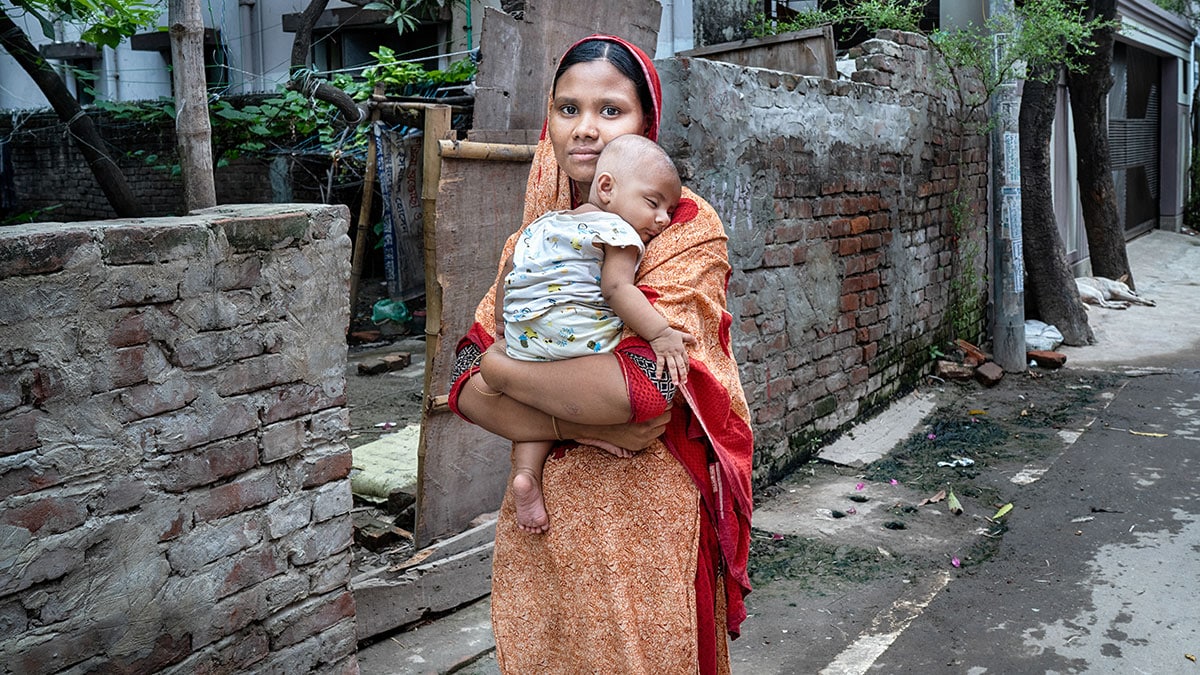Key points
Chronic HBV infection can lead to serious liver disease, causing nearly one million deaths a year. Hepatitis B is preventable with a safe and effective vaccine. The World Health Organization recommends that all children receive the hepatitis B vaccine series, including a birth dose. However, many children are missing out on the benefit of vaccination.

Health impacts
Hepatitis B causes serious health problems.
If not vaccinated, 9 out of 10 infants infected with hepatitis B virus at birth will progress to chronic HBV infection. Globally, chronic HBV infection affects nearly 300 million people.
Vaccination policies and programs vary across countries. As a result, the proportion of people living with hepatitis B varies from country to country and region to region.
For example, less than 1% of people in the Americas are living with hepatitis B. In contrast, the disease affects nearly 8% of people in Africa.2 Furthermore, in the U.S., hepatitis B infection is almost four times higher in people born outside the country compared with persons born in the country.
Opportunities

Hepatitis B is preventable with a safe and effective vaccine.
Preventing hepatitis B through vaccination programs can significantly reduce hepatitis B globally.
Global hepatitis B vaccination has:
- Prevented about 16 million chronic HBV infections and 2.6 million deaths in the Southeast Asia regionA from 1992 to 2015
- Prevented about 37 million chronic HBV infections and 7 million deaths in the Western Pacific regionB from 1990 to 2014
However, not all countries have gotten enough people vaccinated against hepatitis B to prevent infections. Furthermore, not all countries include hepatitis B birth dose vaccination as part of their vaccination programs.
CDC works with partners and countries to eliminate hepatitis B by increasing hepatitis B vaccination. Because the primary source of chronic hepatitis B is the spread of the virus from mothers to infants, CDC focuses on increasing hepatitis B birth dose vaccination.
Challenges
Many children are missing out on the benefit of hepatitis B vaccination.
While most countries have introduced hepatitis B vaccines for children, many still have high rates of infection in children. This is because many of these children were infected at birth, before they got the vaccine.
A dose of hepatitis B vaccine given within 24 hours of birth can prevent the spread of the virus from mothers to newborns. This vaccine dose schedule5 is recommended by the World Health Organization for all countries.
However, only 110 countries have incorporated this "birth dose" into their vaccination schedules. In 2022, less than half of the world's infants4 received a hepatitis B birth dose.
Resources and References
Further reading
- The South-East Asia region is comprised of 11 countries: Bangladesh, Bhutan, Democratic People's Republic of Korea, India, Indonesia, Maldives, Myanmar, Nepal, Sri Lanka, Thailand, Timor-Leste. Source: World Health Organization
- The Western Pacific region is comprised of 37 countries, extending from the Mongolian steppes in central Asia, east to the Pitcairn Islands in the Pacific Ocean, and south to New Zealand. Source: World Health Organization
- Hepatitis B. World Health Organization. July 2023.
- World Health Organization. Global progress report on HIV, viral hepatitis, and sexually transmitted infections, 2021. Accountability for the global health sector strategies 2016–2021: actions for impact. Web annex 1: key data at a glance. Geneva, Switzerland: World Health Organization; 2021.
- Estimating the health impact of vaccination against ten pathogens in 98 low-income and middle-income countries from 2000 to 2030: a modelling study. Li X, Mukandavire C, Cucunubá Z, et al. The Lancet. 2021;397(10272):398-408. doi: 10.1016/S0140-6736(20)32657-X.
- Khetsuriani N, Lesi O, Desai S, Armstrong PA, Tohme RA. Progress Toward the Elimination of Mother-to-Child Transmission of Hepatitis B Virus — Worldwide, 2016–2021. MMWR Morb Mortal Wkly Rep 2022;71:958–963.
- WHO recommendations for routine immunizations. World Health Organization (WHO). November 2021
